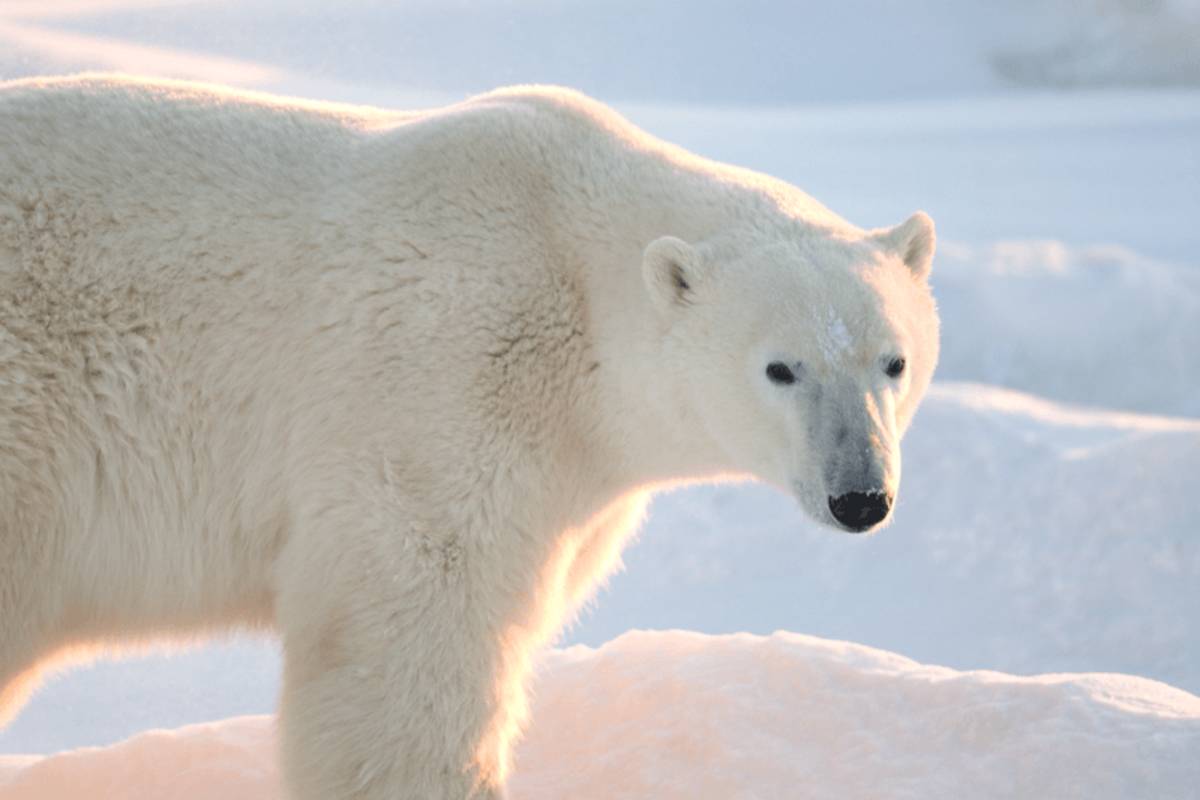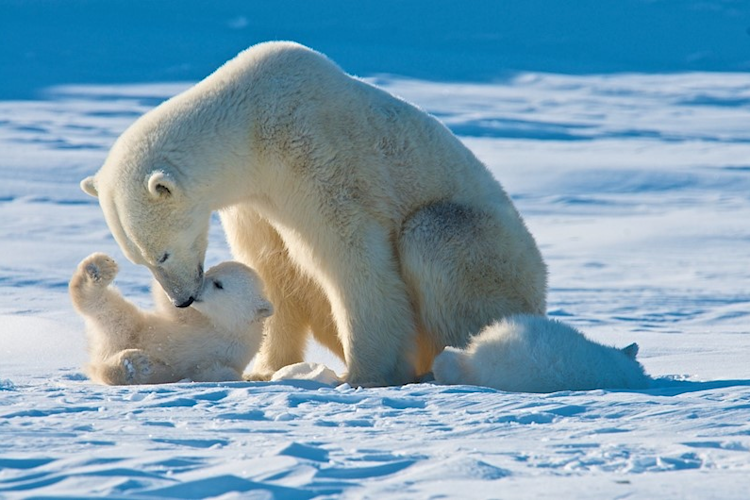Kudos to Pairi Daiza, a privately owned zoo and botanical garden in Belgium, for its generous grant in support of ongoing research on the Western Hudson Bay polar bear population. The contribution will greatly advance our understanding of these bears and the steps we can take to improve their future.
Sea ice loss from human-caused climate warming is the biggest threat to polar bears. These ice-dependent mammals use sea ice as a platform to hunt their seal prey. Longer ice-free seasons means decreased access to their main food source and longer fasting periods; over time, this leads to reductions in polar bear body condition, reproduction, and abundance.
Importance of long-term data
The Western Hudson Bay polar bears are the best-studied polar bears in the world. They are experiencing earlier sea ice break-ups in summer and later freeze-ups in fall, resulting in lower reproductive success and declines in abundance. Their population has dropped from about 1,200 animals in 1987 to about 806 in 2011. Understanding how climate warming affects polar bears is key to developing effective conservation plans.
Long-term research in Western Hudson Bay is looking at how shifting sea ice and warming temperatures are impacting these bears. Led by our partners at Environment and Climate Change Canada, and supported by Polar Bears International, scientists have been collecting data for decades to evaluate the overall health of these bears and predict their future.
Objectives and findings
This study assesses key reproductive parameters, population dynamics, and ecology of the Western Hudson Bay polar bears in relation to changing sea ice conditions. Aspects of this research include:
Biopsy sampling to collect DNA and build the Western Hudson Bay pedigree without handling bears
Mark-recapture efforts to assess population size and sample blood, hair, and fat to examine diet, pollution, and stress
Deploying GPS satellite collars on adult females to collect critical movement data
Conducting spring fieldwork to assess the health of moms and cubs
Already this work has yielded important insights:
Later sea ice break-up leads to better adult and cub body condition
Litter production rates and the average number of cubs per adult female are declining
Body mass of solitary females has declined by about 15 percent since the 1980s
Western Hudson Bay cub production is declining and reproductive performance is relatively poor
Western and Southern Hudson Bay populations have some overlap, which may impact population size estimates and affect sustainable harvest quotas.
Long-term research increases our understanding of population dynamics in the past, present, and future, allowing us to more effectively develop and implement conservation measures. It is critical that Western Hudson Bay polar bear research continues, and thanks to supporters like Pairi Daiza, we can ensure it will.
Janet Stringer is Polar Bears International's senior manager of philanthropy.
















